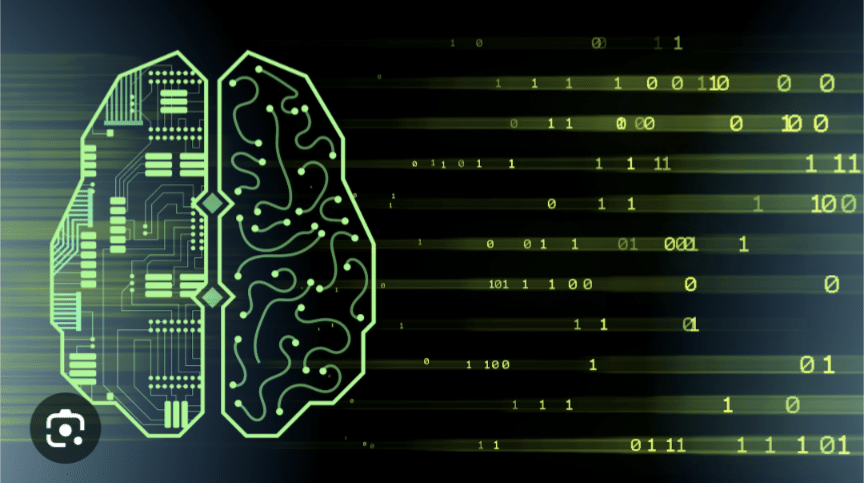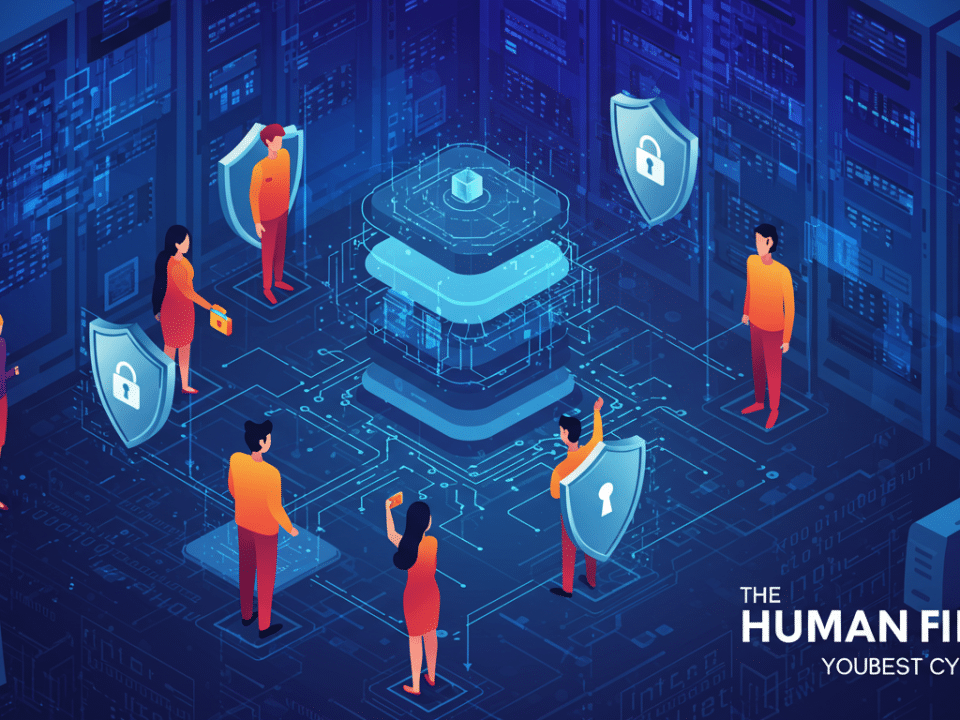
Don’t Cave to the Crooks: Why Paying Ransom Is Bad Business for SMBs
December 29, 2023
Google Accounts Under Siege: A New Hack Bypasses Password Changes?
January 1, 2024The digital landscape is evolving at breakneck speed, and with it, so too are the threats we face. Cybercriminals are becoming increasingly sophisticated, employing advanced techniques to exploit vulnerabilities and compromise systems. But amidst this ever-escalating digital arms race, a powerful duo has emerged: Artificial Intelligence (AI) and Machine Learning (ML).
These disruptive technologies are poised to revolutionize cybersecurity in 2024 and beyond, reshaping the way we defend against and respond to cyber threats. Let’s delve into the exciting world of AI and ML in cybersecurity, exploring their potential to make the digital world a safer place:
1. Enhanced Threat Detection and Prevention:
Imagine a security system that can analyze mountains of data in real-time, pinpointing anomalies and malicious activity before they wreak havoc. This is the promise of AI-powered threat detection. Machine learning algorithms can sift through network traffic, logs, and user behavior, identifying patterns and indicators of compromise (IOCs) with unparalleled accuracy. This proactive approach allows security teams to neutralize threats before they escalate, minimizing damage and safeguarding critical data.
2. Adaptive Defense Mechanisms:
Cybercriminals are notorious for their adaptability, constantly changing tactics and exploiting new vulnerabilities. But AI and ML can stay one step ahead. These technologies can continuously learn and evolve, updating defense mechanisms in real-time to counter even the most novel threats. Imagine a security system that, instead of relying on static signatures, utilizes AI to predict and identify emerging attack vectors, effectively future-proofing your defenses.
3. Streamlined Incident Response:
In the aftermath of a cyberattack, every second counts. AI and ML can significantly expedite the incident response process. By automating tedious tasks like log analysis and malware identification, these technologies free up valuable time for security teams to focus on containment, remediation, and recovery. Additionally, AI-powered incident response platforms can provide actionable insights, helping teams prioritize their efforts and make informed decisions under pressure.
4. User and Entity Behavior Analytics (UEBA):
Traditional security solutions often struggle to distinguish between legitimate user activity and malicious intent. But AI and ML can change the game with UEBA. These technologies analyze user behavior patterns, detecting anomalies and suspicious activities that traditional security tools might miss. This could include unauthorized access attempts, unusual data transfers, or deviations from established user baselines. UEBA empowers security teams to identify insider threats and compromised accounts before they cause significant damage.
5. Phishing and Social Engineering Detection:
Phishing attacks remain a primary vector for cyberattacks, preying on human vulnerabilities. However, AI and ML are making it increasingly difficult for these deceptions to succeed. Natural Language Processing (NLP) can analyze emails and messages, identifying subtle linguistic cues and inconsistencies that often mark phishing attempts. Additionally, AI can create deepfakes and realistic social media profiles, allowing security teams to simulate real-world phishing attacks and educate employees on how to spot them.
The Road Ahead:
While AI and ML hold immense potential for cybersecurity, their adoption comes with its own set of challenges. Ethical considerations, data privacy concerns, and the potential for AI-powered cyberattacks are all critical issues that need to be addressed. Additionally, organizations must invest in robust data infrastructure and skilled personnel to effectively implement and manage AI-powered security solutions.
Embrace the AI Revolution:
Despite the challenges, the integration of AI and ML into cybersecurity represents a significant leap forward in our collective defense against cybercrime. By embracing these transformative technologies and addressing their associated challenges, we can build a more resilient and secure digital future for all.
Join the Conversation:
- What are your thoughts on the role of AI and ML in cybersecurity?
- What challenges do you see in implementing these technologies?
- How can we ensure that AI is used ethically and responsibly for cybersecurity purposes?
Let’s start a conversation and share our perspectives on this critical topic. Together, we can shape the future of cybersecurity and make the digital world a safer place.
#AIinCybersecurity #MLforSecurity #Cybersecurity2024 #FutureofSecurity #LetsTalkSecurity




